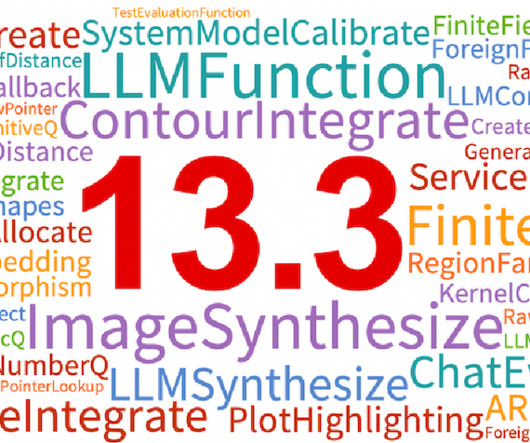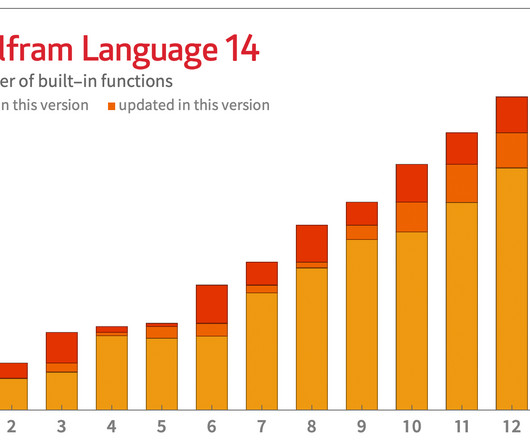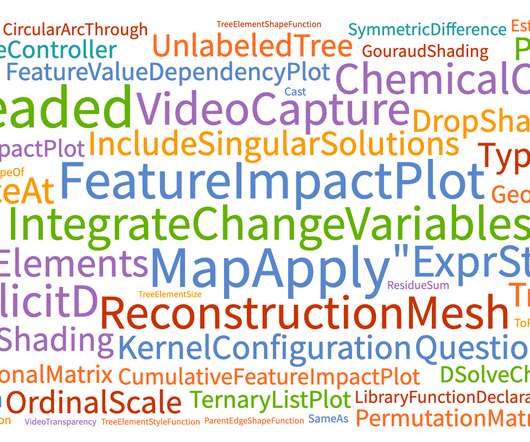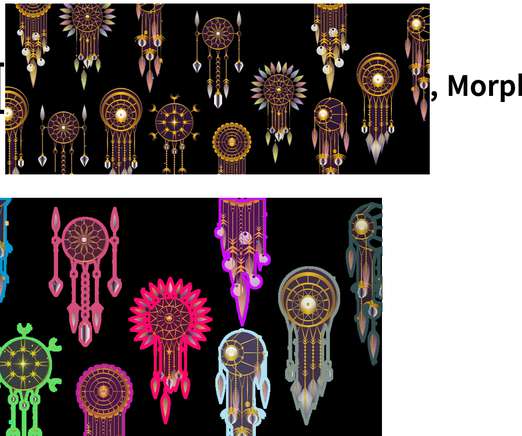STEM in Science Classrooms – Difference Between Science and Technology
STEM Education Guide
MARCH 9, 2023
STEM, an acronym for Science, Technology, Engineering, and Mathematics, is an essential component of the educational experience. Science in STEM It encompasses fields such as geology, chemistry, physics, biology, and astronomy. The institution began to ramp up programs in support of STEM subjects in a boatload of American schools.














Let's personalize your content